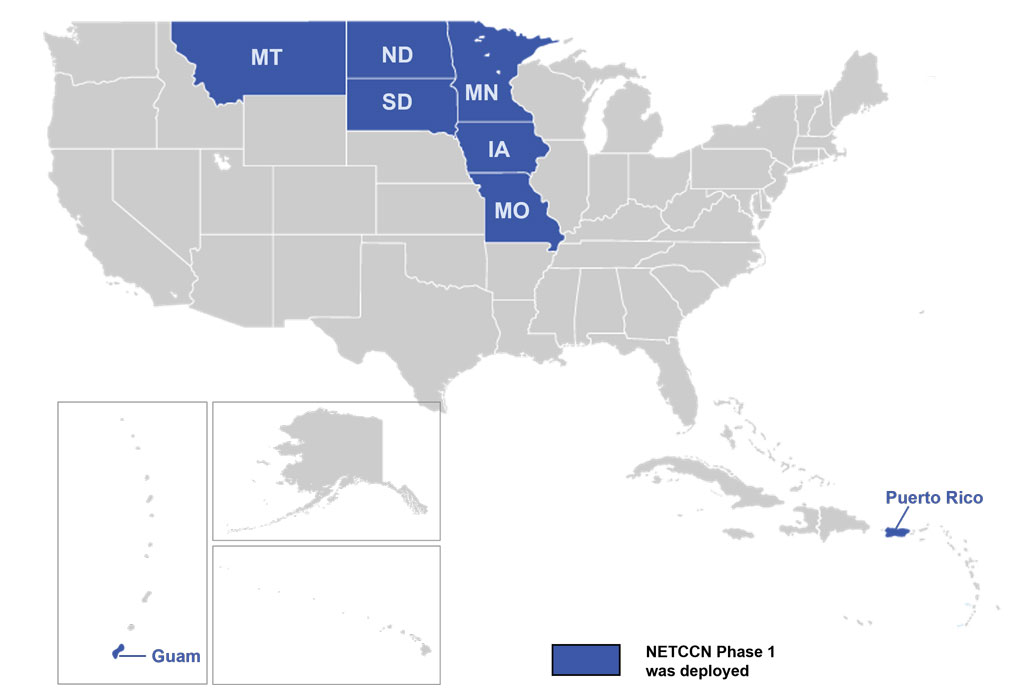TATRC Awards Projects to Accelerate Availability of Remote Controlled Ventilators and Infusion Pumps
September 30, 2021 | Download PDF

"Virtual Hospital" Capabilities Extend Scale and Impact of Tele-Critical Care for COVID-19
TATRC has awarded a total of approximately $2.8M in funding to three project teams to accelerate interoperability, remote control, and automation of mechanical ventilators and infusion pumps for integration into the National Emergency Tele-Critical Care Network (NETCCN) platforms in support of tele-critical care of COVID-19 patients. This effort will create and add “virtual hospital” capabilities to NETCCN and provide hospital-like functionality to the platform.
NETCCN consists of networks of critical care clinicians and providers that can deliver virtual care “from anywhere to anywhere” through the use of cloud-based, low-resource telemedicine platforms. Initial deployment of the NETCCN has supported several hospitals and other facilities in Guam, Puerto Rico, Iowa, Minnesota and the Dakotas and is expanding availability to assist wherever there is a lack of adequate critical care expertise and resources necessary to care for COVID-19 patients.
“The addition of ‘virtual hospital’ capabilities to NETCCN represent a key strategy to enhance the scope and impact of tele-critical care support to resource-limited environments. By accelerating development and inclusion of medical devices that utilize interoperable, remote control, and autonomous technologies, we can augment the knowledge, skills, and abilities of local caregivers,” said TATRC Director, COL Jeremy Pamplin.

Currently, clinicians delivering critical care at a distance have limited ability to monitor, assess, and control the operation of essential medical devices like monitors, intravenous pumps, and ventilators used in the care of COVID-19 patients due to proprietary interfaces, absence of remotely controllable functions, and the need for custom licensing agreements.
TATRC is funding teams led by the following:
- • Cognitive Medical Systems to develop standards-aligned remote control of the Thornhill Medical MOVES® SLC™ ventilator and NeuroWave AccuPump across the NETCCN architecture.
- • Massachusetts General Hospital to develop a comprehensive framework for the safe, remote operation of high-acuity medical devices and to add the support for remote control data visualization for the Medtronic PB980 ventilator and NeuroWave AccuPump by passing patient and device data from these devices through DocBox to NETCCN systems.
- • Nihon Kohden OrangeMed Inc. to develop, test, and implement the NKV-550 ventilator remote control function in collaboration with NETCCN performers, cybersecurity experts, and medical device interoperability experts.
Awarded teams will begin working with NETCCN teams and TATRC’s Device Interoperability and Autonomy Coordinating Center (DIACC) to initiate these projects and make these capabilities available to support COVID-19 patients nationwide.
For more information on the NETCCN initiative, please visit: https://www.tatrc.org/netccn.
This article was published in the April 2022 issue of the TATRC Times.